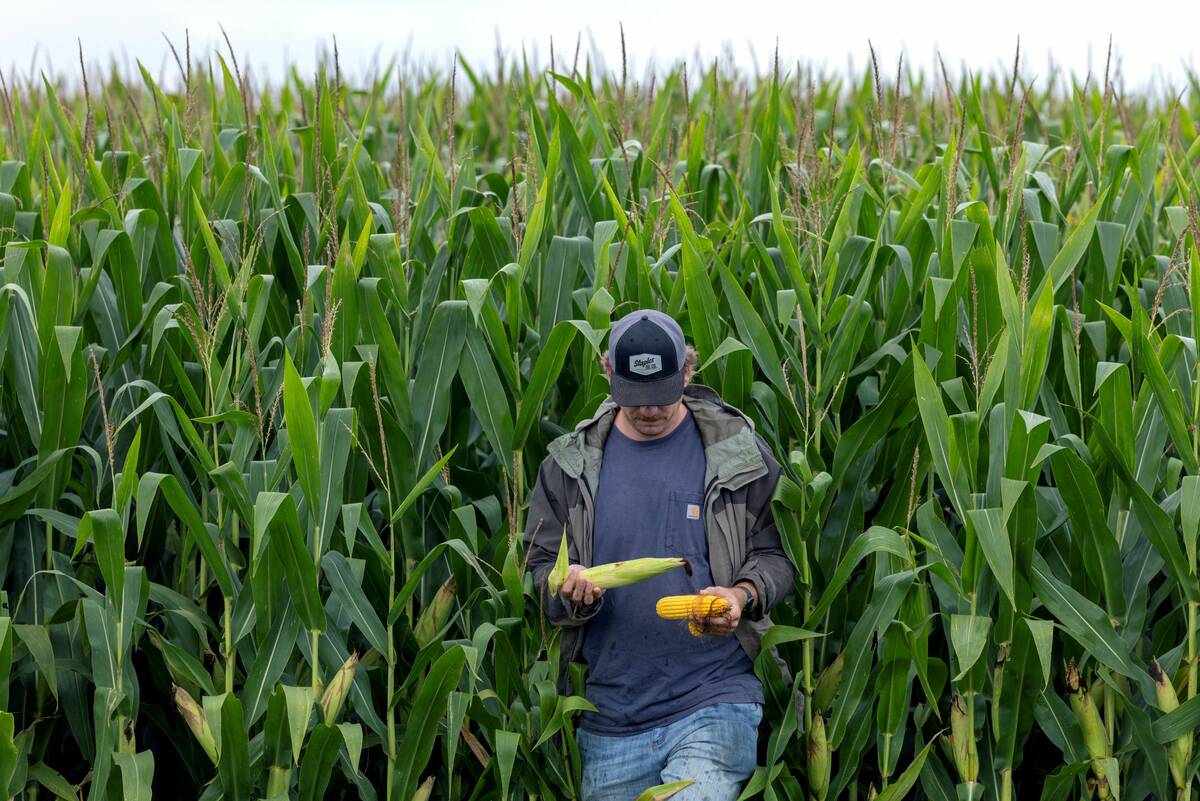Weather maps remain dry for most of Western Canada and the lack of snow cover is leading to concerns that farmers could be facing drought conditions in the summer of 2012.
However, precipitation in the spring and summer will be much more important in determining yield prospects going forward, according to an official with Agriculture and Agri-Food Canada’s Drought Watch department.
“For most regions of the Prairies, we’re about two to three inches below normal in precipitation,” said Trevor Hadwen, an agroclimate specialist with AAFC’s National Agro-Climate Information Service in Regina.
Read Also

The U.S. corn crop could be the biggest ever. That’s terrible news for America’s farmers.
The USDA predicts a record corn crop for U.S. farmers, who question the agency’s accuracy amidst high debt and low crop prices.
The lack of snow cover was a little alarming, he said, but added that the missing moisture could be made up very quickly through either late winter snow or early spring rain.
Farmers should definitely be aware of the situation and the potential risk heading into spring seeding, he said, but “in terms of actual crop production, there’s no need to panic yet.”
However, the lack of moisture and snow cover now could cause problems for forages and winter wheat, said Hadwen, noting that forage crops could be delayed and winter wheat will likely see more winterkill than normal.
Eastern Saskatchewan is the one exception, where moisture levels are still sufficient or excessive — with most everywhere else needing more rain than normal in the spring, said Hadwen.
If the dryness persists, he expected farmers would be looking to get on their fields and start seeding as early as possible this year.
Excess moisture and flooding did delay spring planting in parts of Manitoba and Saskatchewan in 2011, but the lack of snow cover should lessen flooding concerns in 2012, said Hadwen.
Extreme rains could still trigger a flood, he said, but the fact that the soils are not saturated would help absorb any additional moisture this year. “The risk of flooding is extremely low right now.”












